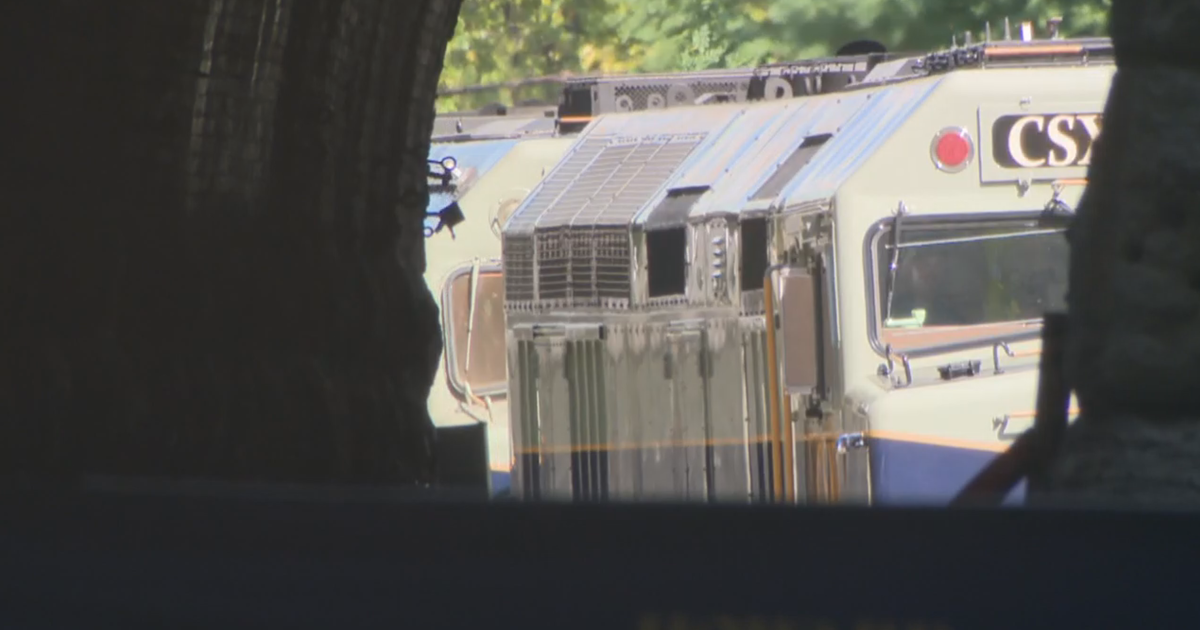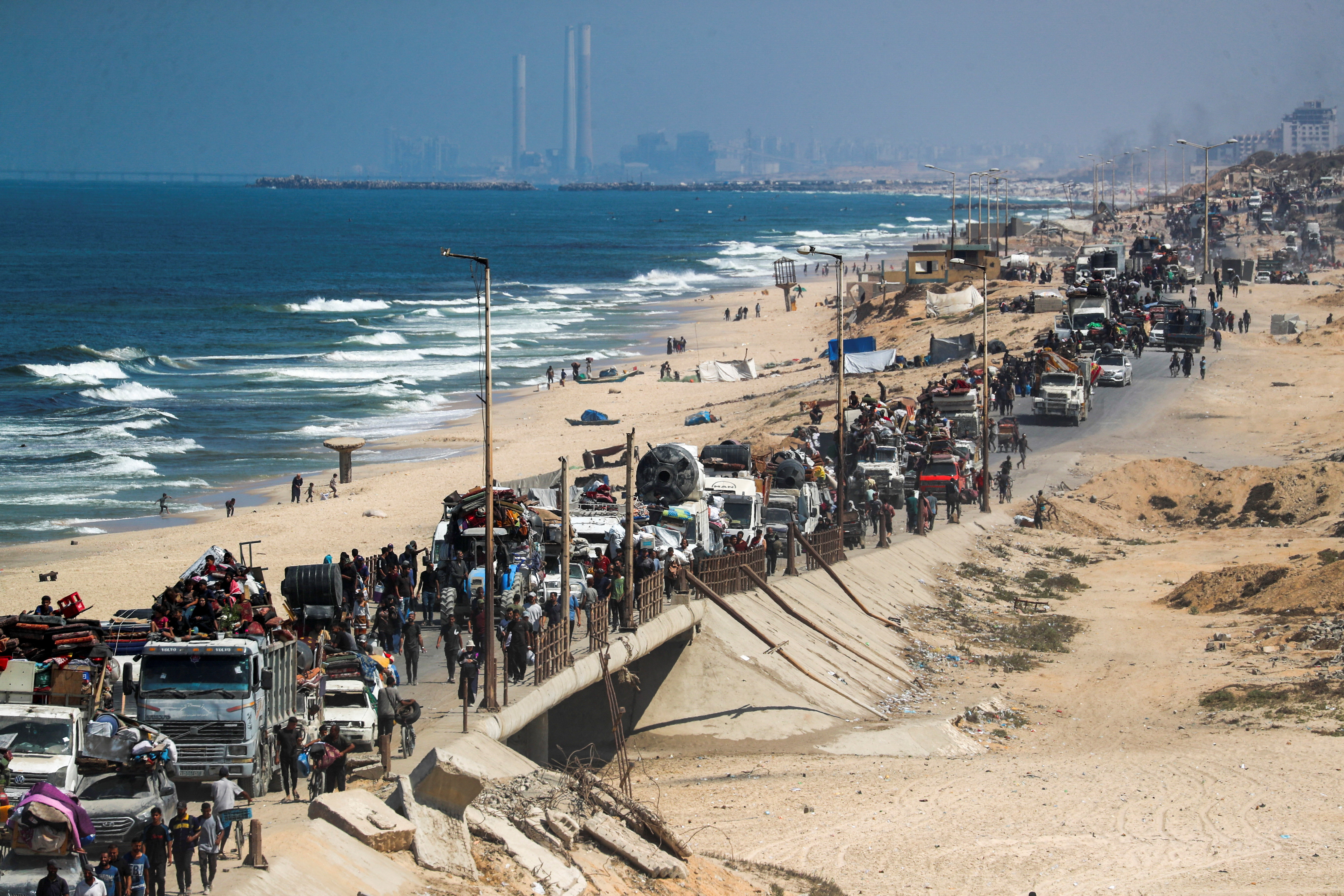
The Howard Street Tunnel has been reopened after being out of service since February 2025.
The nearly 130-year-old tunnel extends north from Camden Yards to the Mount Royal Station and is one of two major tunnel projects now complete in Baltimore.
The tunnel is open ahead of schedule, and leaders said it will allow double-stack rail cars to move freely through the tunnel, bringing a big economic boost to the Port of Baltimore and beyond.
Maryland’s federal and local leaders celebrated the milestone Friday morning.
“We shut this line down on February 1, and here we are before October 1, running trains through it. It’s a great testament to everybody who worked on this project,” Joe Hinrichs, the president and CEO of CSX, said. “This is where it all started.”
The 1.7-mile-long project added about two feet to the CSX-owned rail tunnel— making room for double-stacked rail cars — which leaders say is a cost-effective way to transport freight compared to trucks.
Maryland economic boost
Transportation officials believe double-stacking is a more cost-effective way to transport freight by rail compared to trucks, reducing congestion along the busy I-95 corridor and delivering environmental benefits with fewer emissions.
“This is what American progress can be,” said Sen. Bill Ferguson (D), the Maryland Senate President.
Transportation officials say this historic move will also boost business at the Port of Baltimore, after it took a big hit due to the collapse of the Francis Scott Key Bridge in 2024.
“We got through that very difficult period. Today is about the future of the Port of Baltimore,” said Sen. Van Hollen.
Now that the tunnel has reopened, leaders believe it will also increase business at the Port of Baltimore by approximately 160,000 containers annually and generate more than 13,000 new jobs.
“That means we can grow the Port of Baltimore, and that means jobs for the ILA truckers, freight forwarders, warehousemen, and all kinds of other good-paying union jobs,” said Scott Cowan, the president of the International Longshoremen’s Association Local 333.
2001 Howard Street tunnel fire
This celebration also comes nearly 24 years after a freight train derailment in the tunnel, which led to a week-long underground chemical fire that shut down parts of downtown, disrupting freight rail traffic.
“I was a junior engineer in 2001 when the fire and the tunnel occurred, and I was lucky enough to be one of the first people to work on the city part of that project, the reopening of the tunnel at that time,” said Khalil Zaied, Baltimore’s deputy mayor of operations.
According to CSX, there were over 450,000+ man-hours worked to date, peaking at 175 field craft, 20 subcontractors, and a peak salaried supervision staff of 40 engaged in the expansion. Plus, 233 consecutive days of 24/7 work in the tunnel (Feb. 5 through Sept. 25).
“This one project is part of a much bigger story about the future of a great city, the great city of Baltimore, and the state of Maryland,” said Sen. Van Hollen.
East Coast double-stack capacity
The overall project is expected to provide the East Coast with seamless double-stack capacity on rail.
According to CSX, the Howard Street Tunnel was originally built from 1890 to 1895 and has been a vital artery in America’s transportation network for more than 125 years.
With this upgrade, CSX also stated that this project unlocks new lane-conversion opportunities, enabling shippers to shift even more freight from highway to rail.
With the tunnel project completed, and once additional clearance projects are complete in early 2026, a key I-95 corridor bottleneck will be cleared.



